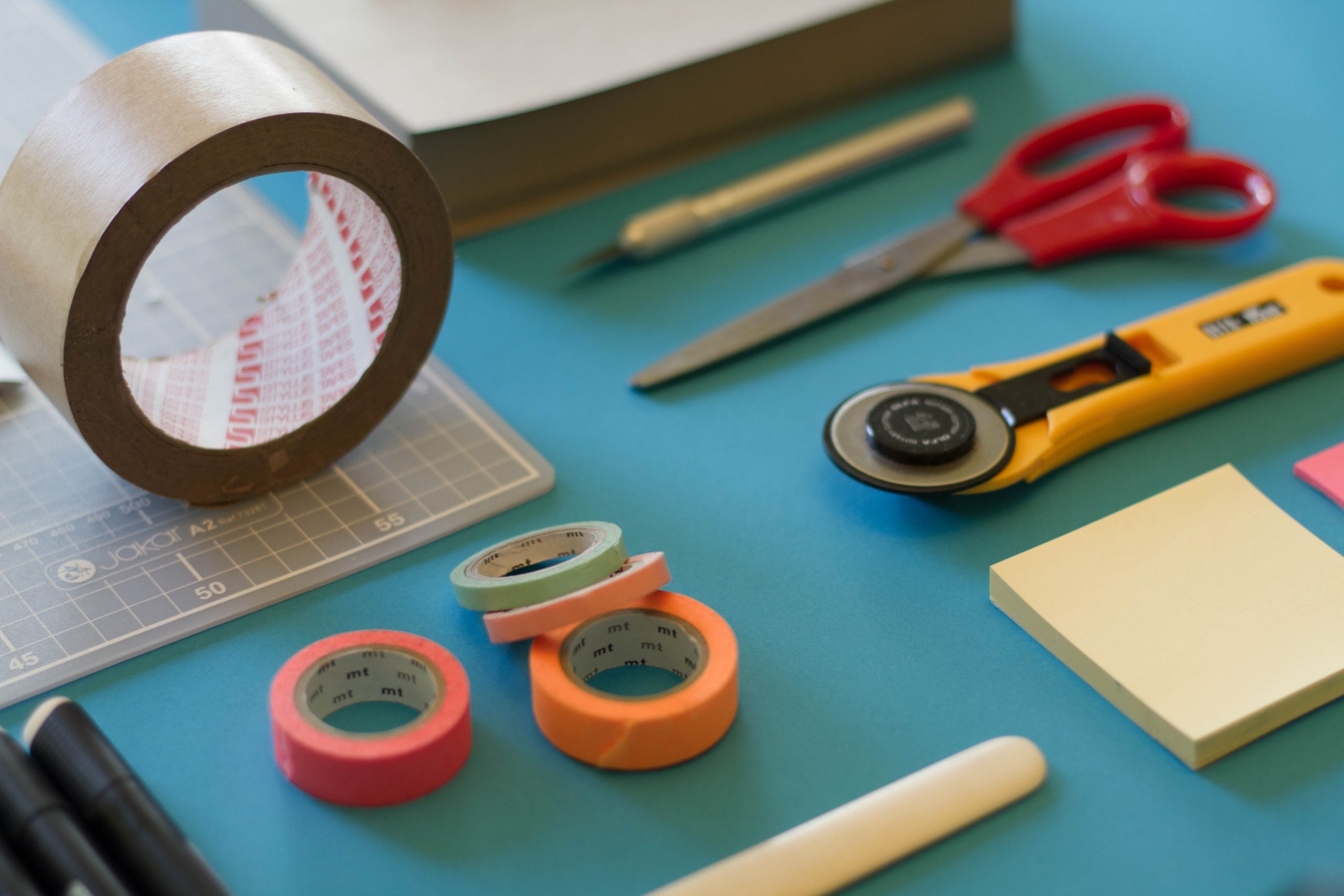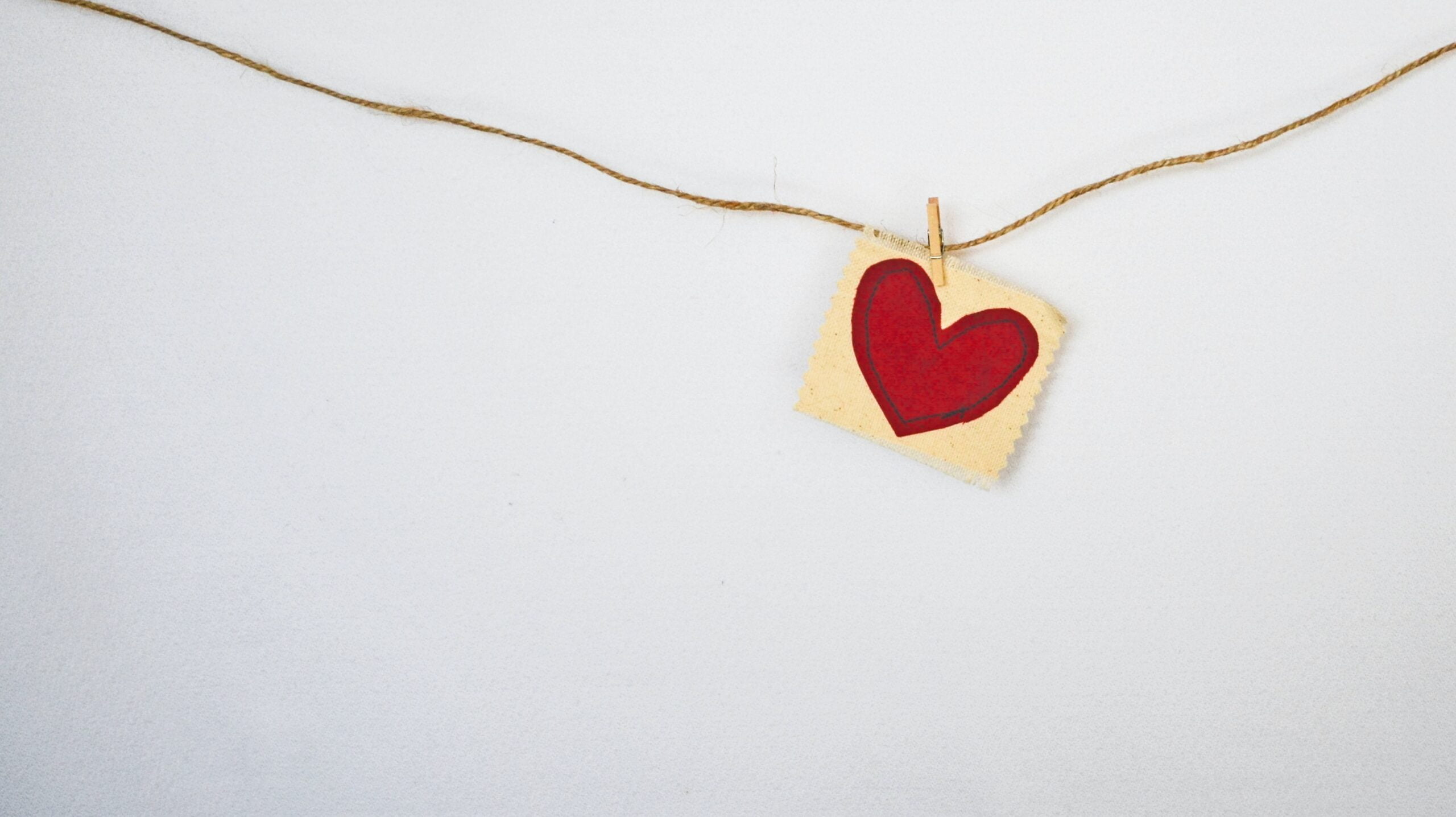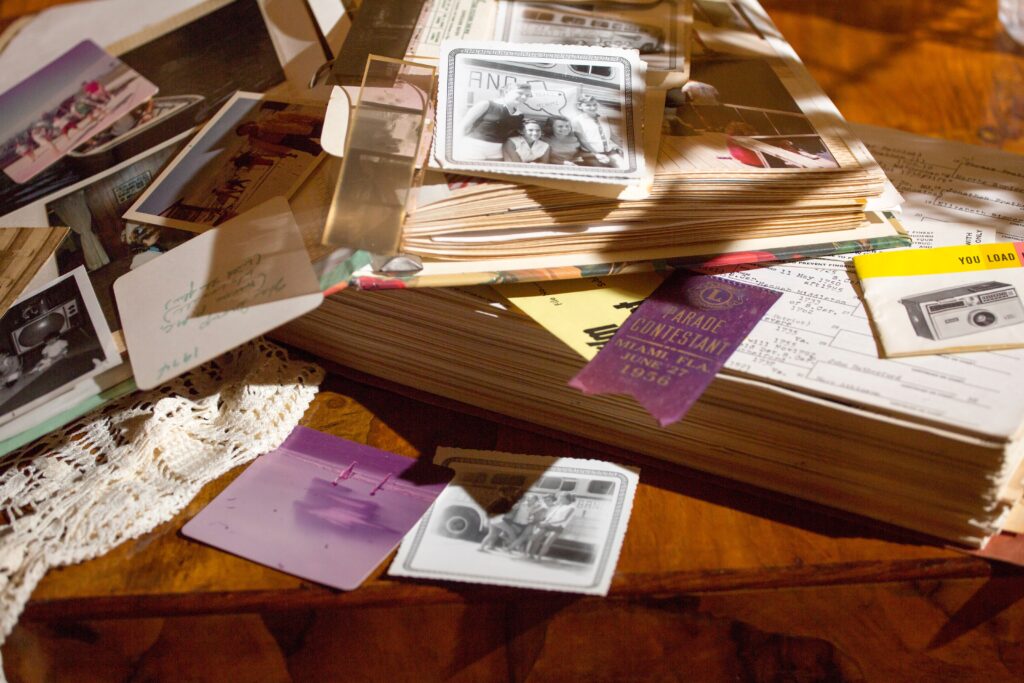
If you’re a crafting whizz who’s looking to expand their DIY tool box, investing in jute craft twine is the way to go. These rustic twines are a fan-favourite simply because of their immense durability. They’re strong, they look great, and they’re plant-based, making them both biodegradable and sustainable – what more could you ask for?
Jute twines are made from variations of jute plants which produce fibres that can be spun into twines of various thicknesses. Jute plants are easy to grow and have become a popular alternative to wool and cotton.
Jute twine craft ideas
Scrapbooks
Remember making scrapbooks when you were young? Add some nostalgia to your life and put together a scrapbook with the help of jute twine – the perfect way to document a day out you want to remember. Connecting photos together is an essential part of scrapbooking, so with your jute twine in hand, cut various lengths and pin or stick down to your scrapbook pages. Place your photos In between the pieces of jute twine so they appear connected.
Another great use for jute twine is using it to tie a scrapbook shut. Cut one long piece of jute twine into two, and on both the front and back covers, near the page edge, glue one end of the twine to the cover. Allow this to dry, and then if you want an additional personal touch, add a piece of coloured tape over the twine end before you tie your book shut.
Crochet
Why not hop onto the crafting trend that’s recently taken the world by storm? Get out your crochet hooks and pick some coloured jute twine to craft your very own clothing, accessories and decorative pieces. Although this twine is stiffer than your usual wool or yarn, it works exactly the same, and can be great for making ornaments that require a little bit more structure.
One of our favourite things to crochet with jute twine is coasters. They look amazing on a coffee table and they hold their shape well. If you’re looking for a larger craft project, crocheting a jute twine rug is another amazing idea – just ensure that you’ve got enough twine for this! Whether you’re a crochet fanatic or a complete beginner, why not open up a few YouTube tutorials and give it a try?
Hanging decorations
Do you have some decorations collecting dust that you’ve been meaning to put up, but you have nothing to hang them with? This is where jute twine comes in. You could use a few different colours of jute intertwined to make a beautiful twine rope that’s perfect for exactly this.
If you’re looking to follow this method, we suggest taking three different coloured jute twines, cutting each to the same length and then begin wrapping them around each other. Once you’ve done this, make a knot at each end to secure your jute twine creation and begin threading or hooking your decorations on. Hanging this on your wall will add a pop of colour to your home, whilst utilising unused decorations.
Plant pot covers
Bring some of that rustic charm into your home with self-made jute plant covers. Grab your chosen jute twine, a simple plant pot, PVA glue, and you’re good to go. Apply glue to the section of the plant pot that you want your jute twine to cover, and then carefully wrap your twine around the glued section of the plant pot. Make a striped effect by using a variety of jute colours – the perfect way to brighten up your plant pots.
Making Christmas ornaments
One of our favourite things to craft around Christmas time is jute twine baubles. They’re easy to make and look great hanging from tree branches. If you’re thinking of making a few jute twine baubles in time for Christmas, we have the perfect method for you.
To get started, pick up a few balloons, PVA glue and a variety of coloured jute twine. In a bowl, mix some water and glue, and place jute twine strands in a bowl until fully coated. Blow up a few balloons – to whatever size you’d like your baubles to be – and begin wrapping your glue-coated jute twine around the balloons. There’s no right or wrong way to wrap your twine, but make sure that it’s tight. Leave your jute twine creations out to dry overnight, and when dry, pop the balloon inside.
Now you have some amazing, hand-made baubles for your tree!
Weddings
Planning a wedding but it’s missing that personal touch? Get crafty and make some place cards, or send out handmade invitations. Add some spark with coloured jute twine, using it to tie your invitations shut, or create a cute, rustic border around your guest’s name cards. You might even want to incorporate jute twine into your flower arrangements and bouquets as an extra touch.
Macrame decorations
Are you a lover of macrame? Or do you fancy uptaking a new crafting hobby? If this is the case, you can rely on jute twine to satisfy all of your macrame crafting needs.
Macrame is a textile technique produced by knotting twine, string, or any chosen material to create a pattern. Jute twine, along with macrame twine, works amazingly in macrame decorations to brighten up your living room or bedrooms. There are a variety of macrame-based decorations, from hanging plant pots, to dream catchers – macrame designs have endless possibilities.
Bracelets
Everyone loves a hand-made bracelet, so why not use jute twine to make yours, or surprise friends and family with a personalised gift. Grab your choice of coloured twine, pick out some pretty beads and get to work. How you make your bracelet is up to you, but if you’re looking for design inspiration, head on over to our previous blog post on how to make a friendship bracelet to support all of your crafting needs.
Present decorations
Jute twine is perfect for eco-friendly gift wrapping – especially when paired with biodegradable paper – and a go-to choice for lovers of the rustic aesthetic. Use this crafting saviour by wrapping it around presents to keep the paper secure, or use it to secure tags onto gifts and gift bags. So, next time you’re wrapping up a present for a loved one or a friend, bring a bit of jute twine to the table. You won’t regret it.
Can’t decide which jute twine to go for? Why not experiment with colours and opt for an assorted pack? Or, browse through some of our other ropes and twines to find the best crafting equipment for your next project. Let us help with your decision by getting in contact with our team of professionals today.












